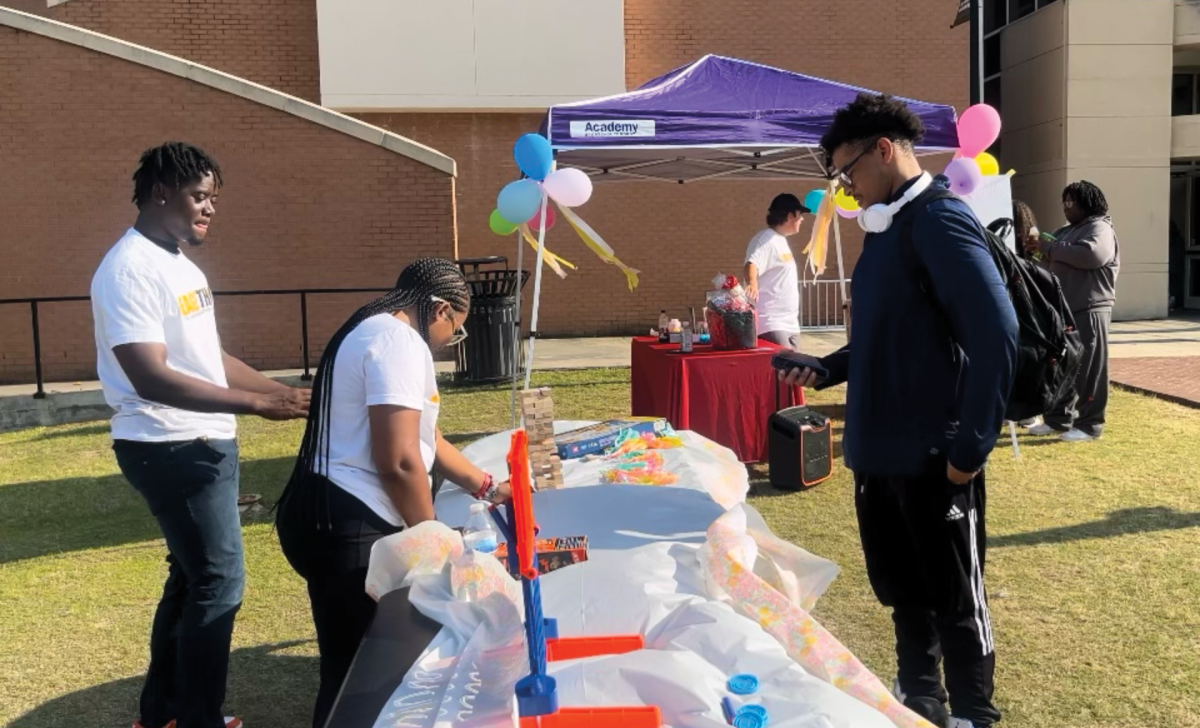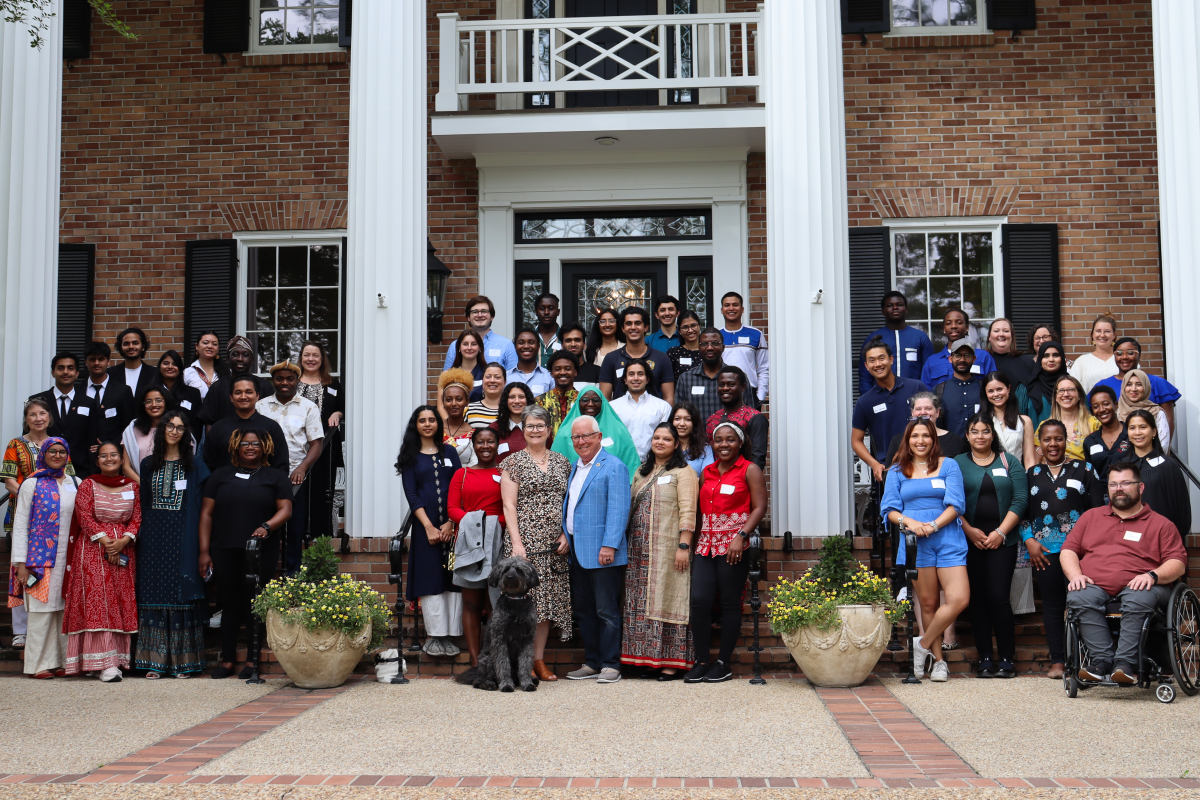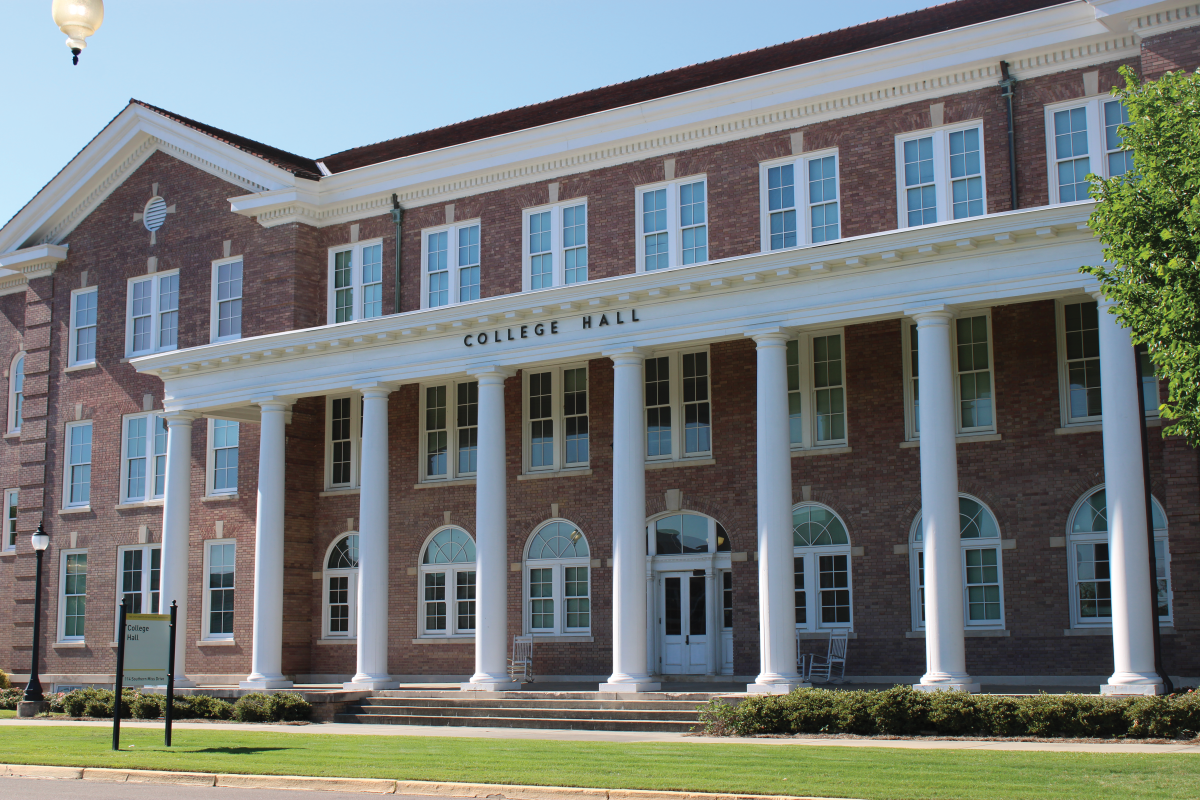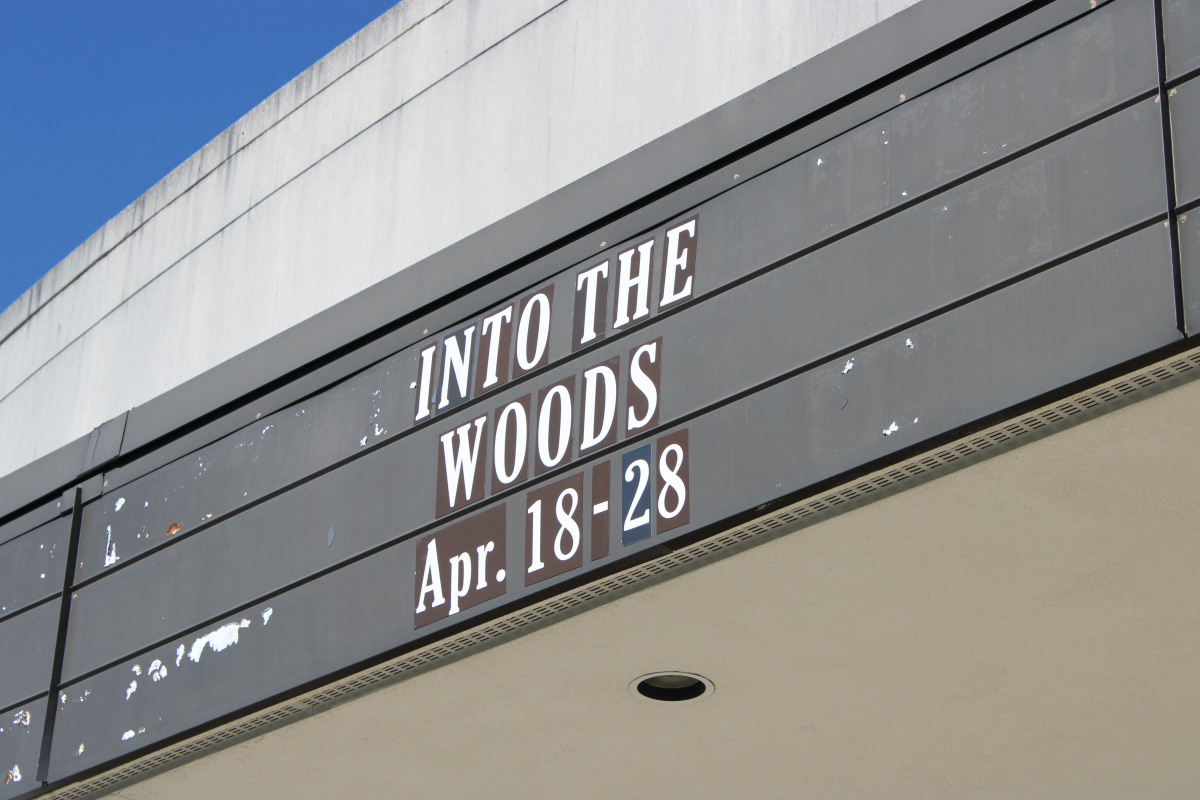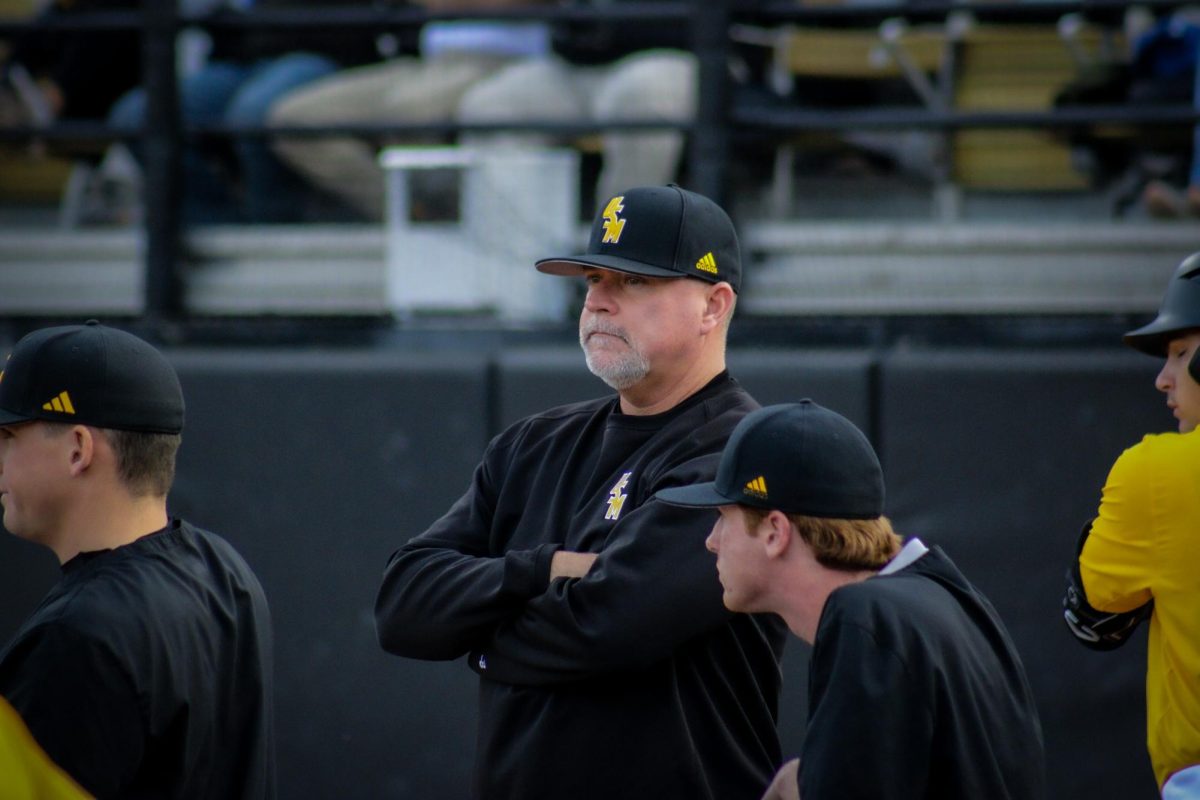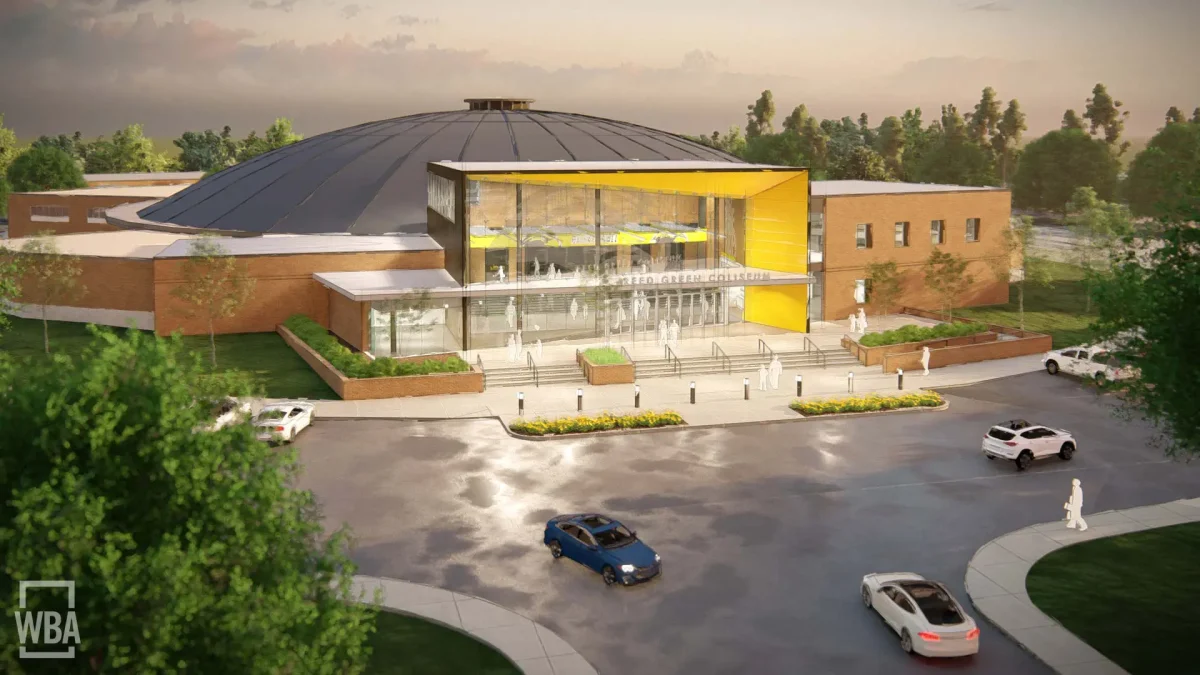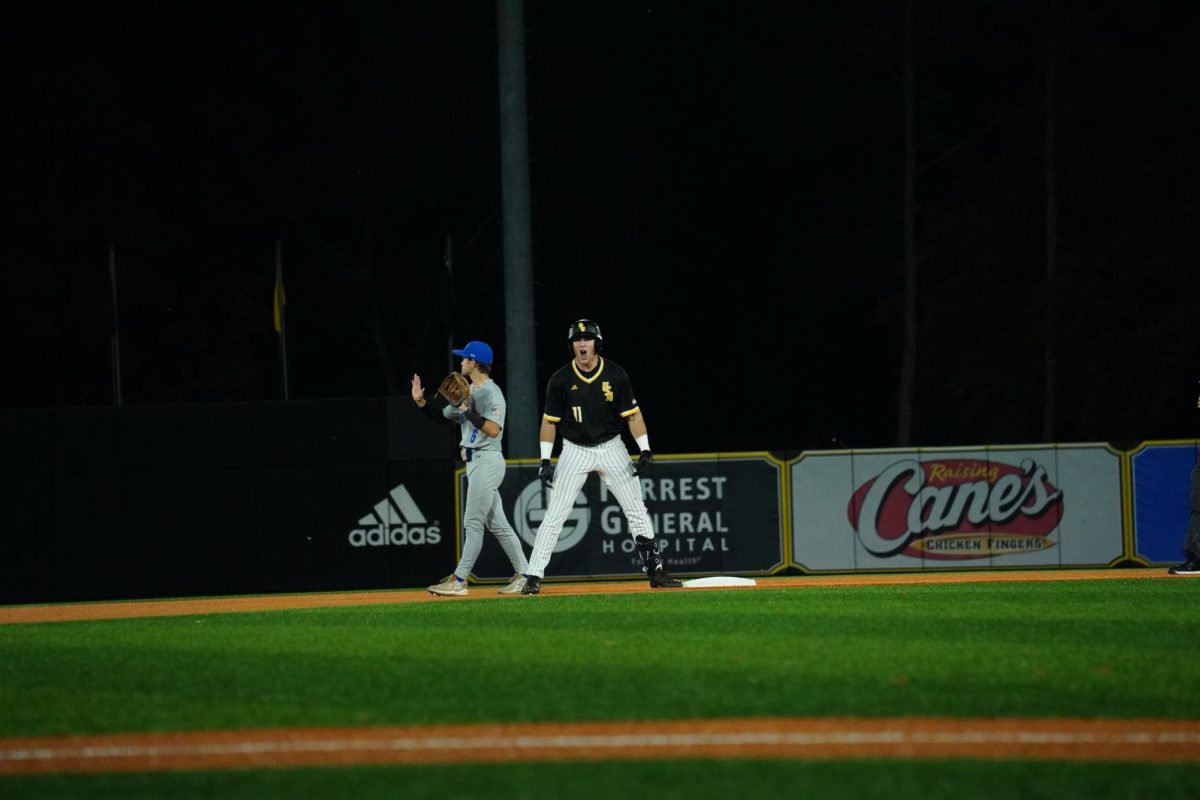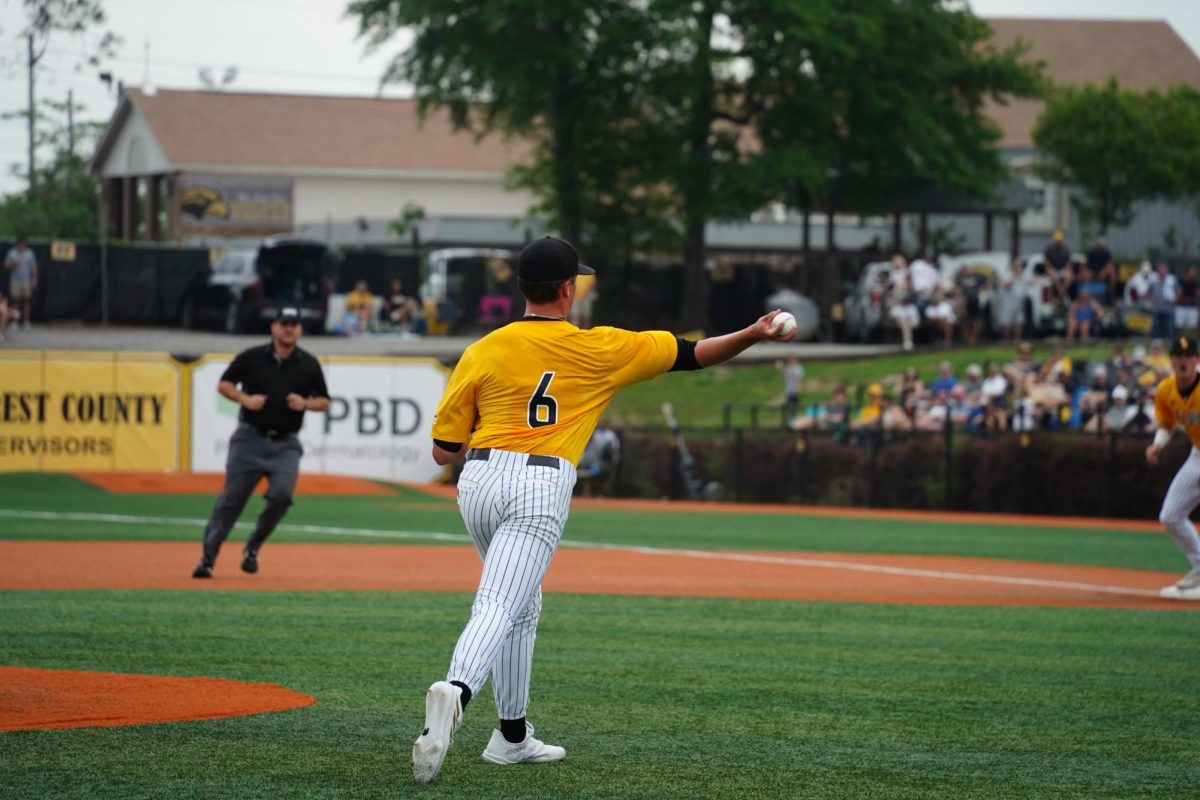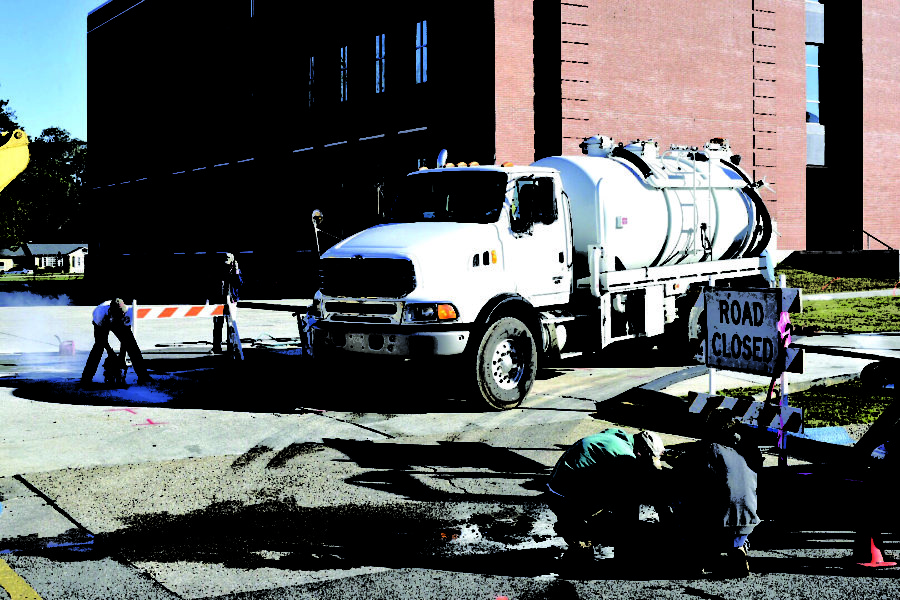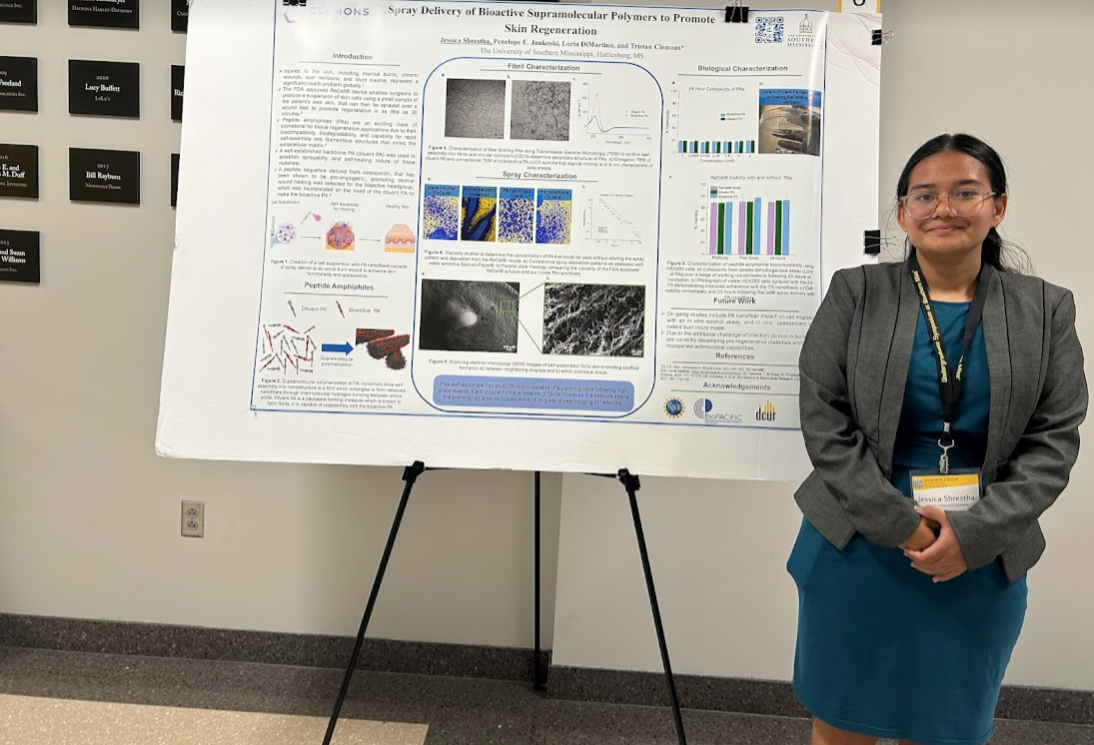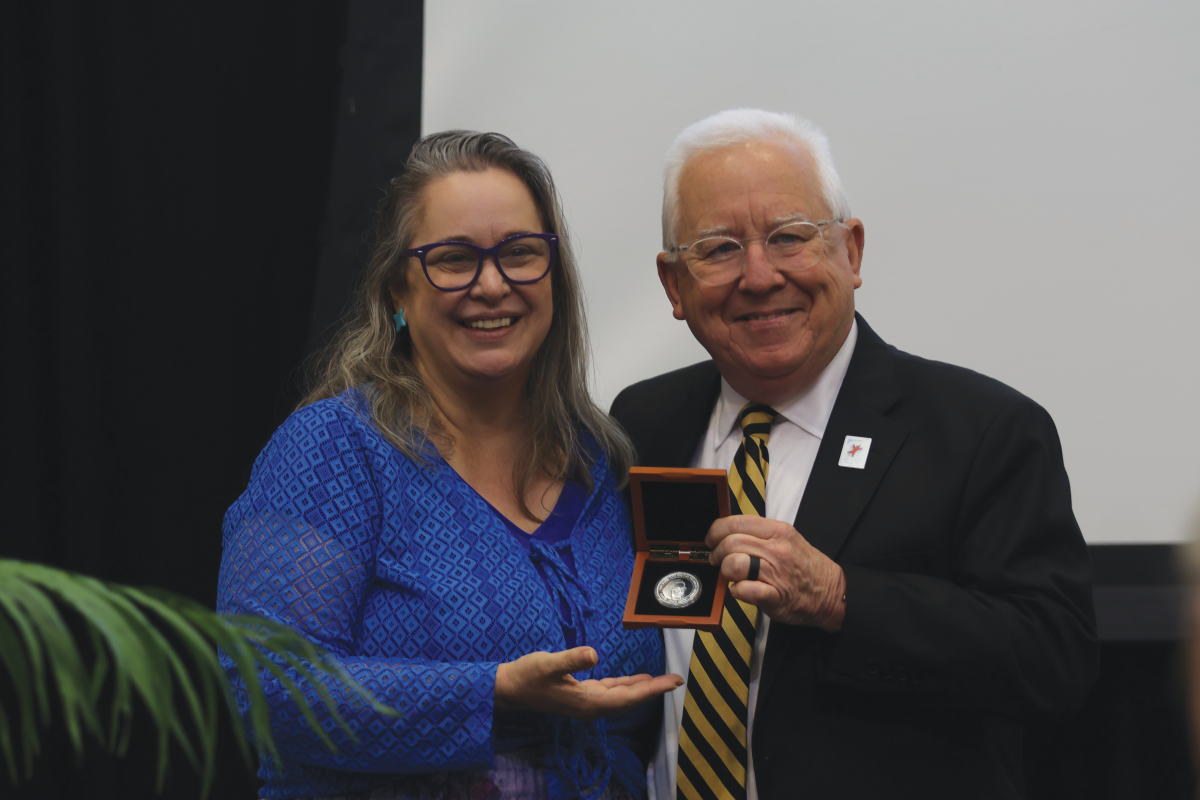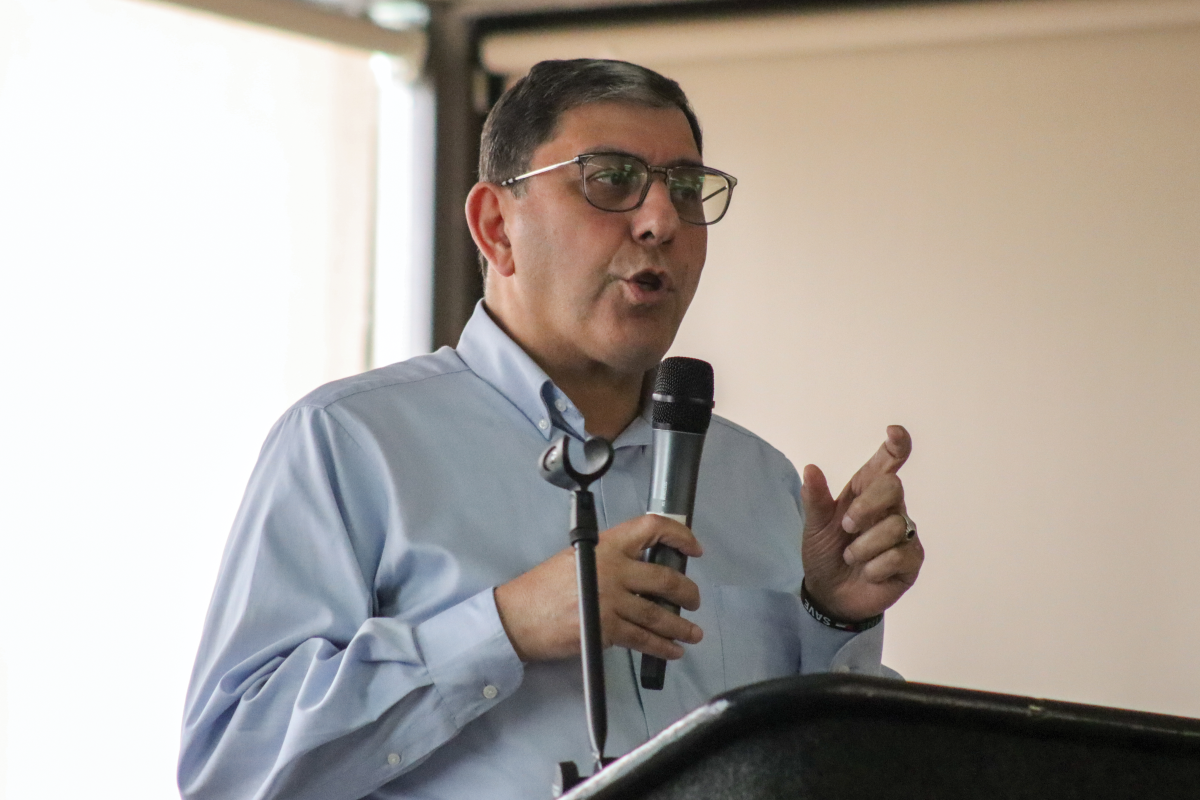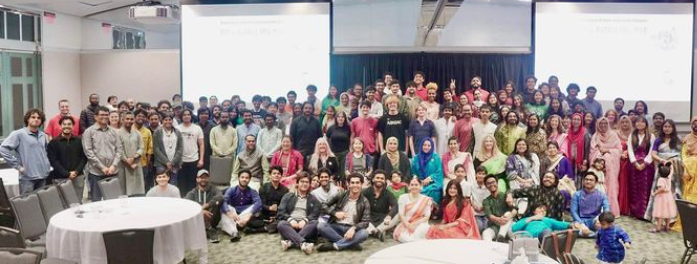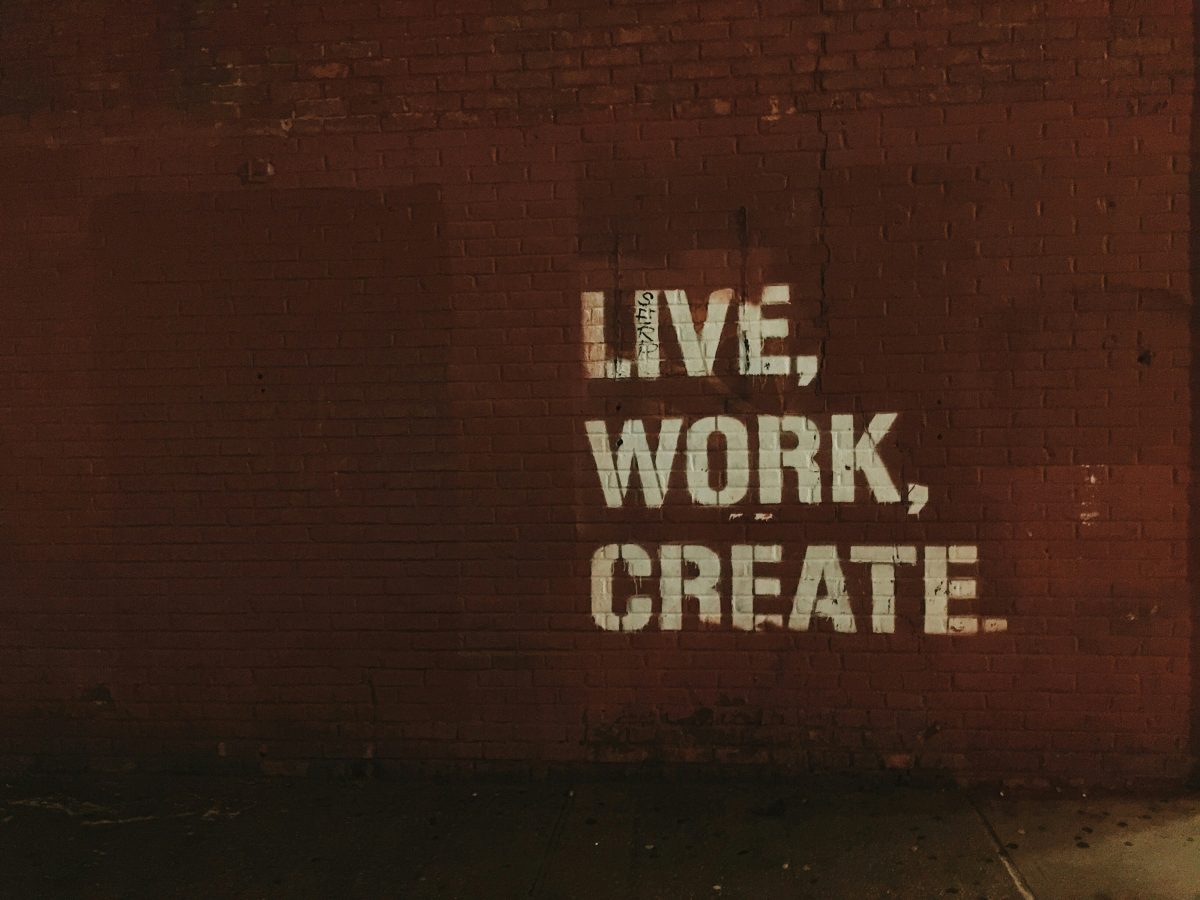On Jan. 12, a sinkhole measuring approximately four feet by three feet appeared in the parking lot between McCarty Hall and Scianna Hall. Sinkholes occur when a cavity under a surface is created when water dissolves or deteriorates the material supporting the surface, and the material becomes too weak to support the surface before it collapses.
According to Michelle Shinall, Assistant Director of Marketing and Campus Relations for the USM Physical Plant, a garbage truck on its regular route ran into the hole. The driver contacted University Police, who then dispatched technicians to investigate. The cause of the hole was determined to be a collapsed sewage line, which is owned by the City of Hattiesburg. The city has presently completed all repairs on the sewage line and on the surrounding asphalt.
All parking lots have been reopened, according to Parking Management.
Shinall praised the city engineers, saying they “dropped what they were doing and immediately came right over to assess the problem.”
Shinall said the Physical Plant had not yet received a bill from the City of Hattiesburg, and that she was unable to address who would be responsible for paying for the repairs.
Sinkholes occur both naturally and artificially. According to the United States Geological Survey, natural sinkholes “are common where the rock below the land surface is limestone, carbonate rock, salt bed or rocks that can naturally be dissolved by groundwater circulating through them.” Frank Heitmuller, Associate Professor of Geology, says natural sinkholes rarely occur in Mississippi.
“We mostly have, especially in the Hattiesburg area, we’re talking about the ground surface below roads, houses, etcetera, is made up of sand gravel and mud, basically, none of which really dissolve,” Heitmuller said.
The hole that appeared on campus was of an artificial variety. Heitmuller explained that water escaping from the line turned the material under the surface into a “soupy material,” comprising the support for the overlaying concrete.
As it seems there was no unusual damage to the pipe, the age of the infrastructure is likely the main concern in this case.
“These lines have been in the ground for thirty and forty years,” Shinall said, “so it happens all the time. It’s just part of infrastructure that needs to be replaced.”
Heitmuller agreed that the integrity of the system was a point of concern.
“Any time a city has any kind of ailing subsurface infrastructure, water, sewage, drain, etc. then that begins to obviously increase the likelihood of these kinds of things occurring, especially if the material that happens to surround the pipes is easily erodible,” Heitmuller said. “If there’s not enough money to repair ailing infrastructure, then it’s very likely that we’ll continue to see these things on a more frequent basis as the years go by.”
While it may seem impossible to know the conditions of underground plumbing systems without digging them up, Heitmuller said a method known as Ground Penetration Radar makes it feasible. He explained that a company in north Mississippi owned by Southern Miss alum Mark Teague performs the service that entails “sending in electromagnetic waves into the subsurface that either move faster or slower depending on the condition.” The device gives a digital read-out that indicates the presence of cavities or voids.
In recent history, this method has been used to assess surface integrity in places such as airport runways and the baseball field at the University of Mississippi. The service, however, comes at a day-to-day cost, making it necessary to identify specific areas of concern in advance in order to minimize costs. Unless the university was willing to invest in this or any other method of prevention, the next sinkhole could come unannounced.
“Unless something breaks, we don’t really know about it,” Shinall said.


